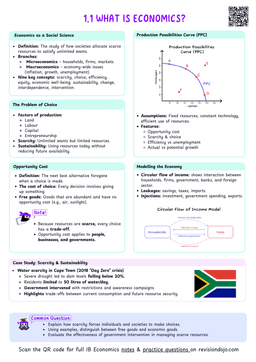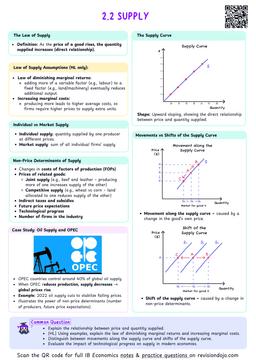Trading Bloc
Group of countries encouraging free trade and economic integration through the reduction of trade barriers between them.
There are different types of trading blocs, where each can be distinguished by their degree of economic integration.
Free Trade Area (FTA)
Free Trade Area
The most common type of economic integration where a group of countries agree to gradually remove trade restrictions.
With FTAs:
- Countries still get to decide the trade restrictions imposed on non-member countries (not part of the FTA).
- Between member countries, there can be free trade on some goods but restrictions on others.
An real-life FTA is the The North American Free Trade Agreement (NAFTA) consisting of Canada, Mexico and the USA.
However, some issues that may arise since countries can impose their own barriers to non-member countries.
- Countries with lower trade restrictions may import a higher quantity of a good from non-member countries and trade it with member countries.
- Hence, countries that have higher trade barriers may end up importing more goods than they would like, defeating the purpose of their 'higher trade barriers'.
Customs Unions
Customs Union
A type of trading bloc that fits all the criteria of being an FTA but also adopts a common policy towards non-member countries.
With Customs Unions:
- Countries cannot have their own policies for those outside the customs union.
- Further, they represent as one entity when making trade agreements with non-member countries.


